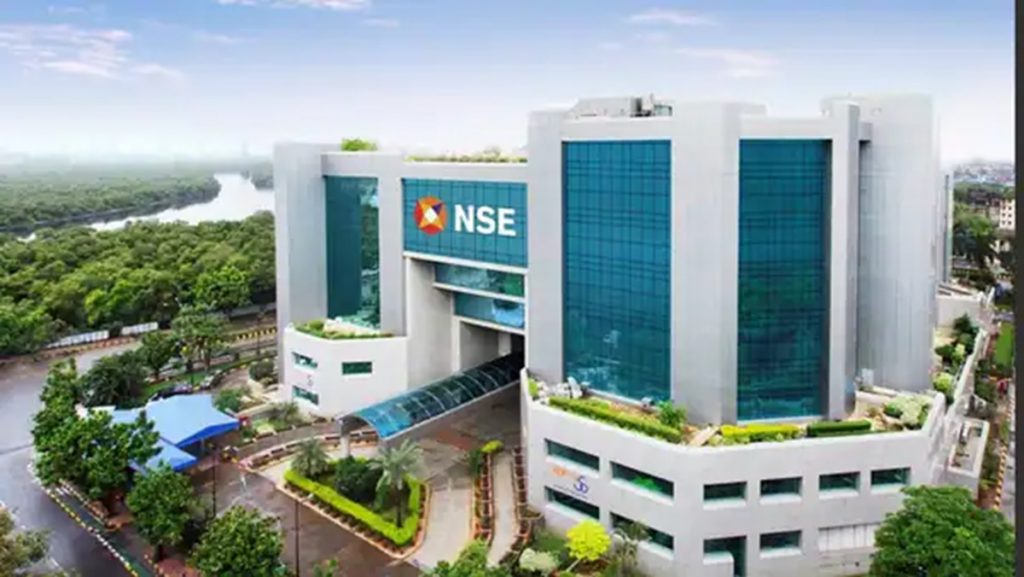The unique registered investor base on the National Stock Exchange of India crossed the 10-crore (100 million) mark on August 8th, 2024. The total number of client codes (accounts) registered with the Exchange stands at 19 crore (Includes all client registrations done till date; clients can register with more than one trading member).
Investor registrations at NSE have seen an accelerating trend over the last few years. The registered investor base hit the 1 crore mark 14 years after commencement of operations, the next 1 crore addition took about seven years, the subsequent crore investors took about three-and-half years, and the next one a little over a year. In other words, it took over 25 years for the registered investor base to hit the 4-crore mark in March 2021. The subsequent 1-crore increments (from 4 crore to 10 crore) have come through at an accelerated pace, taking on an average of about 6-7 months, with the last crore added in just over five months.
During this period, daily new unique investor registrations have averaged between 50,000 to 78,000. The investor base has seen more than 3x jump in the last five years, facilitated by rapid growth in digitisation, rising investor awareness, financial inclusion, and sustained market performance. In this fiscal year thus far (As of July 31st, 2024), the benchmark Nifty 50 index has generated a return of 11.8%, while the Nifty 500 index has delivered a strong 16.2% gain during the same period. Annualised return over the last five-year period ending July 2024 has been 17.5% and 21.1% for Nifty 50 and Nifty 500 respectively.
The 10 crore registered investors in India today have a median age of about 32 years, with 40% of them being less than 30 years old. The median age was 38 years just five years ago, illustrating the increasing interest in the markets amongst the youth. Nearly, over one in five investors today are females.
Of the last one crore registrations, nearly 42% hailed from North India, followed by West India (25%), South India (18%) and East India (14%). Uttar Pradesh and Maharashtra continued to lead in new investor registrations, together accounting for more than a quarter of these investors. This increase has been seen across states, with all but 30 pin codes having at least one individual directly investing in the market. Over 46.5% of all new investor registrations in the last five months originated from districts beyond the top 100 districts (by number of new registrations in the period). Currently, the highest number of unique registered investors are from Maharashtra with 1.7 crore (17 million) investors, followed by Uttar Pradesh with 1.1 crore (11 million) investors and Gujarat with 87 lakh (8.7 million) investors.
Indirect participation has also increased meaningfully during this period, with nearly 2.1 crore (21 million) new SIP accounts opened between March and June this year, and average monthly SIP inflows of ~Rs 20,452 crore (Rs 205 billion) vs. Rs 17,613 crore (Rs 176 billion) in the previous six-month period.
Shri Sriram Krishnan, Chief Business Development Officer, NSE said: “We have reached another significant milestone in our investor base this year. Following the achievement of the 9-crore mark in late February, it is commendable that the number of investors onboarded on the exchange has increased by an additional crore within just over five months. This growth can be attributed to several key factors, including the streamlined Know Your Customer (KYC) process, enhanced financial literacy facilitated by stakeholder-led investor awareness programs, and enduring positive market sentiment. Increased participation in various exchange-traded financial instruments, such as equities, exchange-traded funds (ETFs), real estate investment trusts (REITs), infrastructure investment trusts (InvITs), government bonds, and corporate bonds, underscores these contributing factors.”

